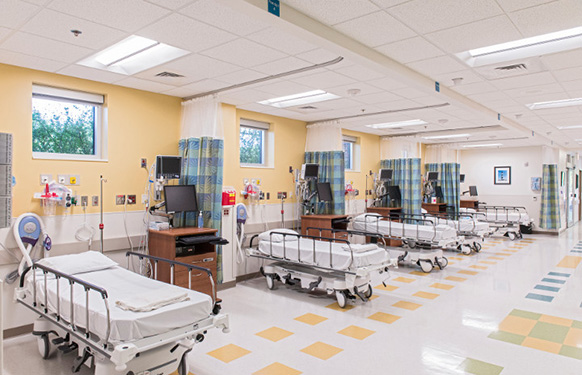October 30, 2002—Three technologies developed by the US Department of Energy’s National Renewable Energy Laboratory (NREL) are among this year’s 100 most significant innovations, as judged by Research & Development (R&D) Magazine. They are:
- The Smart, High-Performance Polyphenylenesulfide (PPS) Coating System, now being marketed under the trade name CurraLon, which resists corrosion at high temperatures and can actually repair itself when damaged. It provides a reliable surface for heat exchangers and resolves a vexing operating issue for geothermal power plants.
- The PowerView Semi-Transparent Photovoltaic Module, developed by NREL and BP Solar, is a novel system that serves as a roof or window while creating power for a building. BP has to date incorporated the systems in more than 150 of its service stations, and the panels are envisioned to become a functional replacement for conventional glass in walls, canopies, atriums, entrances, and facades in commercial and residential architecture.
- The NanoCeram Nanoalumina Fiber—a nanoscale alumina-based ceramic fiber that, when incorporated in a filter, can eliminate 99.99999 percent of viruses and bacteria from contaminated air or water. It can be used to clean heavy metals from polluted water, as a growth media for microbes for biomedical purposes, and holds promise as a lattice for artificial bone growth.
For more information about these technologies, contact NREL by e-mail or by phone at 303/275-4090.




